The life of the small business owner can be very hectic fighting day-to-day fires; long hours and looking after the needs of customers and employees with little time left to plan and look after finances. Often, the short comings of the business are only discovered months after year end when the business owner sits down with their accountant.
Busy-ness does not negate the need for good planning, especially in today’s environment. The pandemic has created a new normal for businesses and with it the need for a new plan as past years are no longer an accurate predictor for the coming year. As hot spots for COVID-19 appear, the health experts may require lockdowns again. What is the impact on your customer? What is the potential impact on your cashflow?
Initially, it was recommended to prepare a forecast for 90 days, but 90 days has come and gone. The media is now reporting that the health experts say that COVID-19 will have an impact for the next couple of years. Now is the time to prepare a financial forecast for the next 12 to 18 months.
Carrie Batt, Vice President, Business Markets with Royal Bank of Canada is concerned about the lack of demand for the BCAP program. “Clients are concerned about taking on additional debt and may not see an immediate cash flow impact as they just received CEBA, Wage Subsidies and other programs. However, the cash flow impact can be delayed, and we do not want clients to realize in November or December that they have an issue and it is too late to apply. We are strongly encouraging them to do some cash flow forecasting, apply for the loans and then delay draw down until they have a need.”
Businesses have also been using cash from collecting accounts receivable or drawing down inventory. But when business picks up again, you are going to need funding cover to replenish inventory and collect receivables. Understanding and analyzing the difference between profit and cash flow is the key to survival.
Consider:
1. Where do you want the business to be in 3 years, in 12 months, in 6 months?
2. How have customers' demands changed and what impact has that had on your sales?
3. What capital investments do you need to make?
4. What are the additional costs or savings?
5. How many days is it from purchase of inventory or delivery of service until your customer pays?
6. Which months have a cash shortfall?
7. How much bank financing might you need?
8. What is the best-case scenario?
9. What is the worst-case scenario?
I encourage you to investigate and develop a business plan and a financial forecast. I realize that this can seem like a daunting task and you might question whether you have the time or expertise to do it. Here at Davies & Associates we are here to support you. Reach out to us so that we can help you develop your business plan along with the financial cashflow forecast that will give you and the bank confidence in the next 12 to 18 months. Schedule a call to discuss your business needs.
